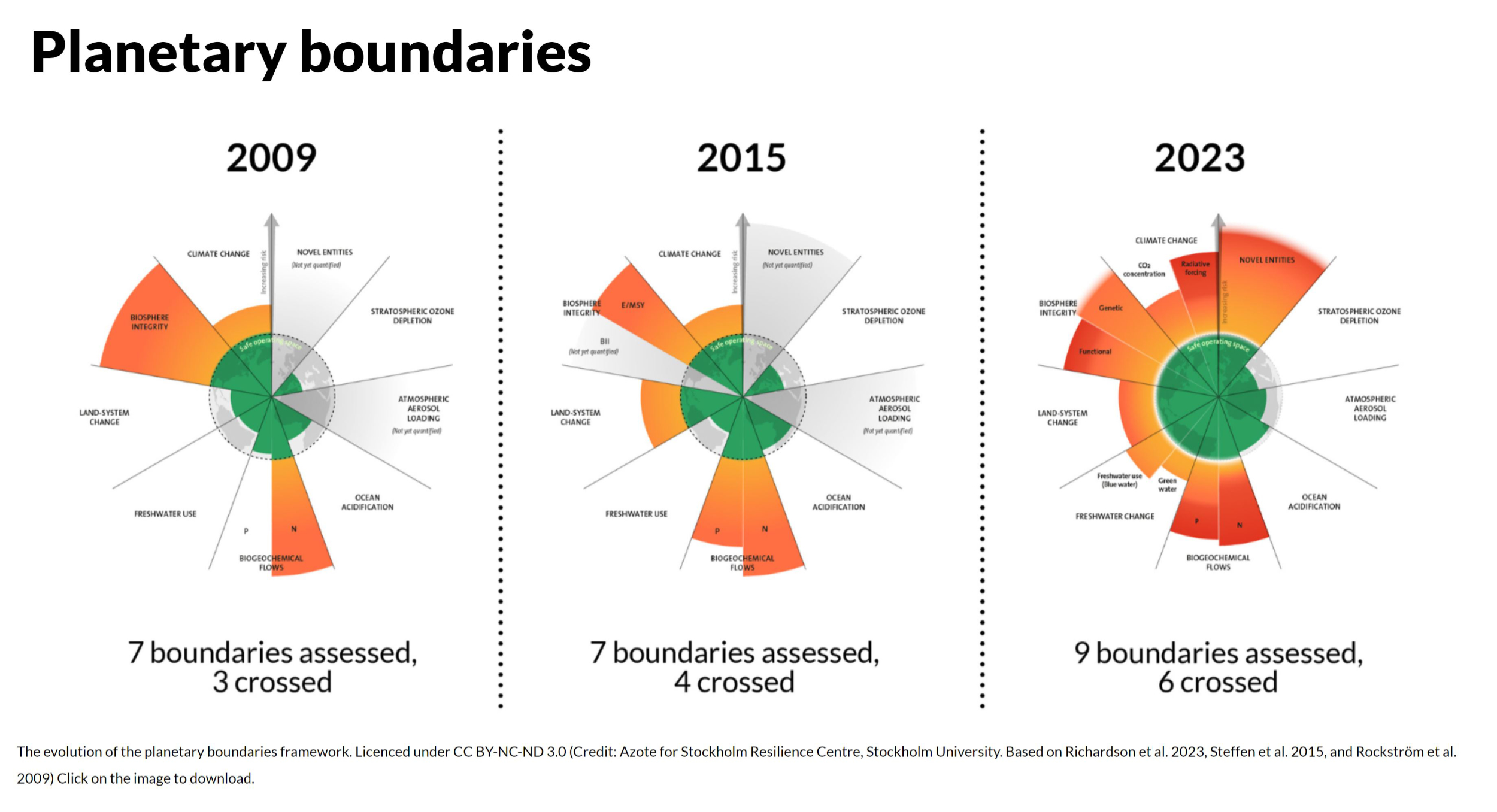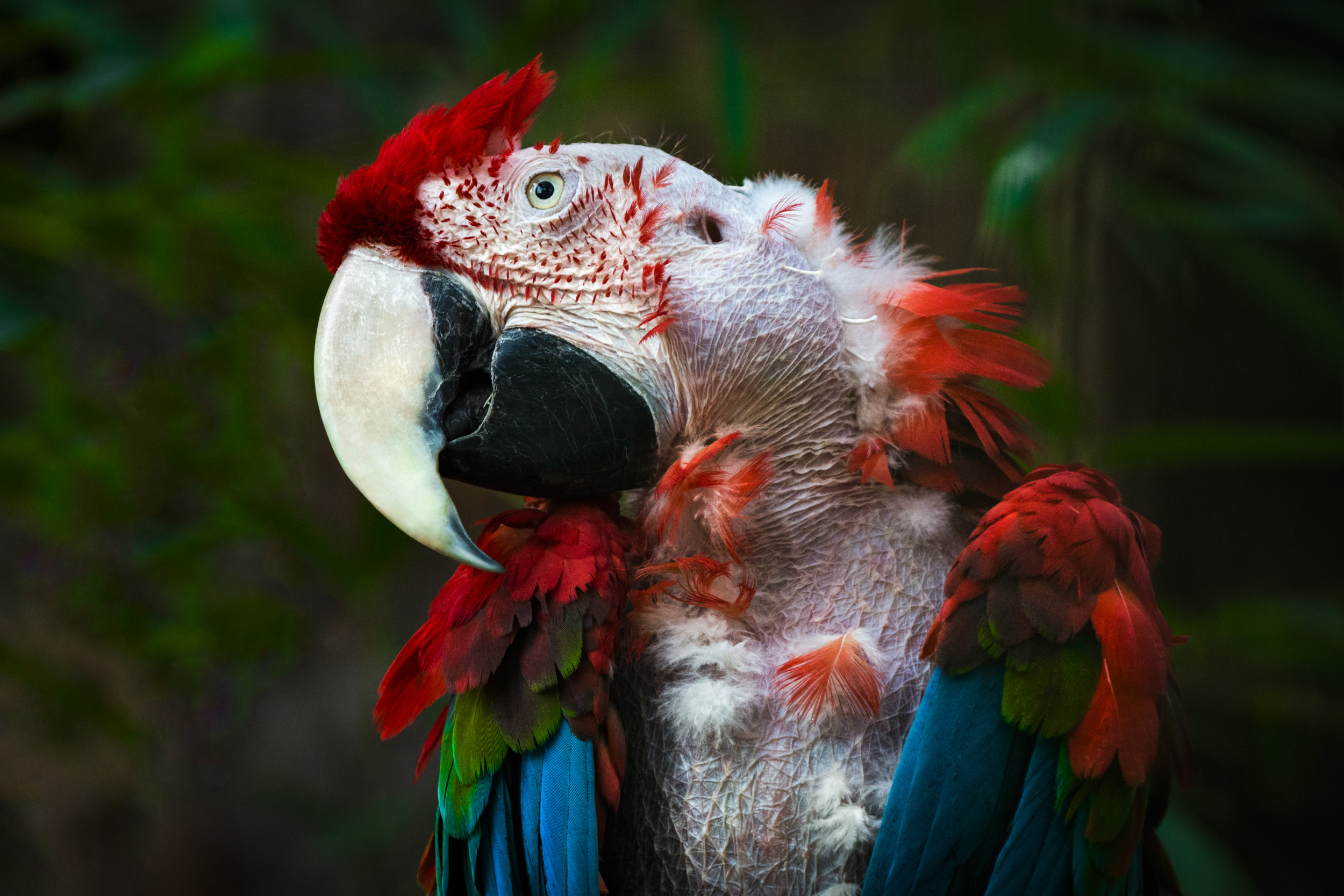
In this fourth article investigating Australia’s role in the exotic pet trade (EPT), Dr Cameron Murray explores the risks associated with the EPT. To read the investigation in full:
Article 1: Petted To Death, introduces Australia’s little known contribution to the extinction crisis.
Article 2: Australia’s Exotic Pet Trade Is Both Surprising And Rising, discusses the blurred boundaries between the legal, legalish and illegal trade.
Article 3: We’re Oceans Away From Saving Nemo, takes a dive into how Australia supplies the aquarium trade
Over the last 3 articles on the Exotic Pet Trade (EPT) we’ve explored Australia’s contribution through legal and illegal channels. But why is this of interest to us and why should we care? As a companion animal vet I fully appreciate the positives that come with pet ownership but how does this stack up in the case of the EPT. Australia’s contribution to this luxury trade comes with risks and there is no question that the EPT is a risky business.
In this article, we’ll look at what these are, from those for the individual animals involved, to those that are relevant on a global scale. The question is, are the risks justified, are they necessary and are we managing them as well as we should?
Early in these articles I mentioned how the EPT presents a useful microcosm to help understand most of the issues of wildlife trade more generally. It’s important to remember that the legal trade of wildlife, both for the EPT and in general, poses virtually all the same risks as the illegal trade. In particular, the first step in the supply chain, wild harvesting or captive breeding, is the same for both the legal and illegal trade.
In fact, due to its scale, I would contend the legal trade in most cases makes it more concerning than the illegal trade which receives so much more press. I believe it is imperative we better understand the legal trade, its scale and how it is managed. Until legal trade is better managed and governed it will continue to be intertwined with the illegal trade.
My 12 months investigation of Australia’s involvement in the EPT highlights for me key risks which can no longer be ignored:
- Animal Welfare
- Biosecurity/Invasive Species
- Public Health
- Biodiversity Loss
Animal Welfare
Welfare risk exists at all stages of wildlife trade from capture to final destination. This is blatantly true for illegal trade when considering images of reptiles stuffed in socks and mailed around the world. But we must remember in the case of legal trade there are significant concerns also. While it is accepted that standards of care vary across the legal trade, a 2014 report highlighted a major international exotic pet wholesaler experienced a mortality rate of 72% in which,
“Causes of morbidity and mortality included cannibalism, crushing, dehydration, emaciation, hypothermic stress, infection, parasite infestation, starvation, overcrowding, stress/injuries, euthanasia on compassionate grounds, and undetermined causes.”
Looking at the pathway of supply for the EPT I can see a number of potential points of poor welfare. This may occur because of injury or stress during capture, inappropriate housing, husbandry, environmental conditions, poor hygiene, disease, or lack of or inadequate provision of food and water.
Most recently in Australia the case of Bichuang Zhang, a Chinese national found guilty of trying to export 43 reptiles through the mail highlighted the shocking lack of concern for animal welfare that is invariably associated with smuggling. In this case he was sentenced to 2 years and 4 months of jail time, but images of the smuggling attempt released by the Australian government of this case are hard to look at.
In the case of reptiles, the mail system is a common approach taken for the export of these illegally shipped animals. They are often tied in socks or other material, generally without food or water for the duration of their trip and not uncommonly found dead either before leaving the country or at the destination. In the case of Zhang the reptiles were hidden in plastic children’s toys, ironically including extinct lizards! As the images show, when the socks were opened these lizards were lying in their own faeces.
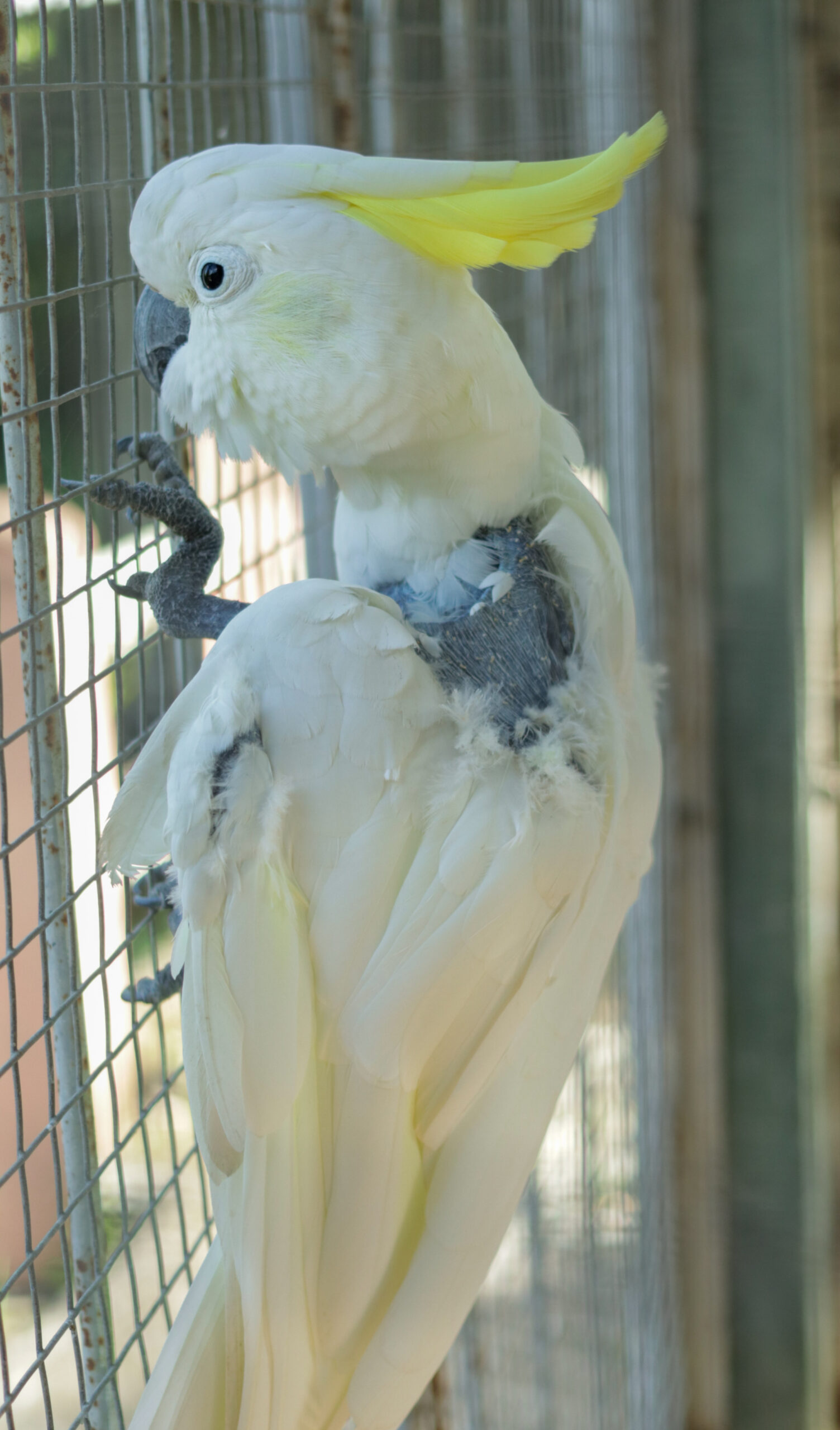
In a separate case, convicted smuggler Niall Cooke, said, “The way the animals are smuggled out of the country is disgusting, and it’s not safe for the animals.”
In the case of birds, export is not as commonly by mail considering the time taken and low survival as a result. Instead, as the images from the ABC Listen site – The parrot smugglers – show, attempts are more often made to smuggle on air flights. Again, the implications on a welfare basis are patently obvious.
In the case of the legal export of species associated with our Marine Aquarium Fisheries the welfare issues rest mostly with the end point. One fishery I touched on in the last article was that of the hermit crabs in Western Australia. The concern highlighted by Andrew Hosie of the WA Museum in 2022 was that of the expendable nature of the crabs.
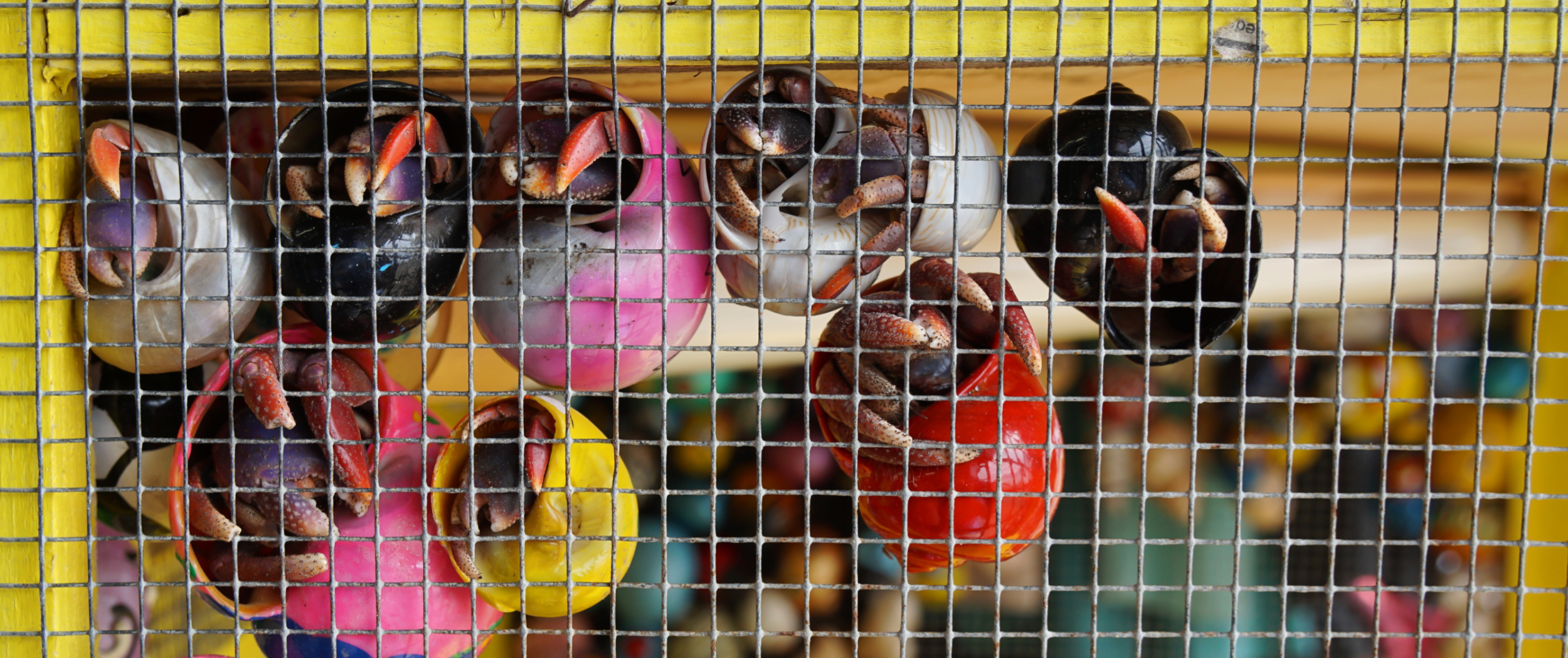
Where a natural life may see them live more than 10 years, poor husbandry often means a life expectancy far less when kept as a pet. Indeed, the most common health problems for many exotic pets including reptiles and aquarium species regularly relate to poor husbandry, inappropriate housing, stress or poor diet. This is covered in an article on exotic pet suitability from 2018. Certainly, from my personal experience as a vet and also my research, I question whether with regard welfare, the ‘five freedoms’ – freedom from hunger/thirst, discomfort, pain, fear, and to be able to express normal behaviour, or similarly the ‘5 domains’, are being met for enough of the pets traded in the EPT?
Increasingly research suggests that sentience is not just the domain of humans. From fish to frogs to reptiles there is evidence too many of us have likely underestimated their awareness of their environment. Research into the play habits of animals found all these animals exhibited evidence of play behaviour. In addition, we should then include consideration of the fact that many EPT species would naturally be found in complex social structures and may have variable behaviour based on seasonal of daily rhythms. When you consider these thoughts for the implications of Australian species such as budgerigars, reptiles such as shinglebacks that mate for life and then expand it wider to the global EPT involving so many different examples such as primates, snakes and even fish then there must be strong concerns as to how often we are delivering the 5 Freedoms. Is it time we considered whether our societies desire to keep a pet for our own benefit should be outweighed by the individuals own welfare? Are simply too many exotic pets are languishing for an unnecessary luxury?
On a very basic level of assessment, I wonder if you could argue that if the average life expectancy of an animal (including in this average those that die during the supply chain process) is less than the natural life expectancy in the wild then the trade of that species is not appropriate on a welfare basis alone? Food for thought?
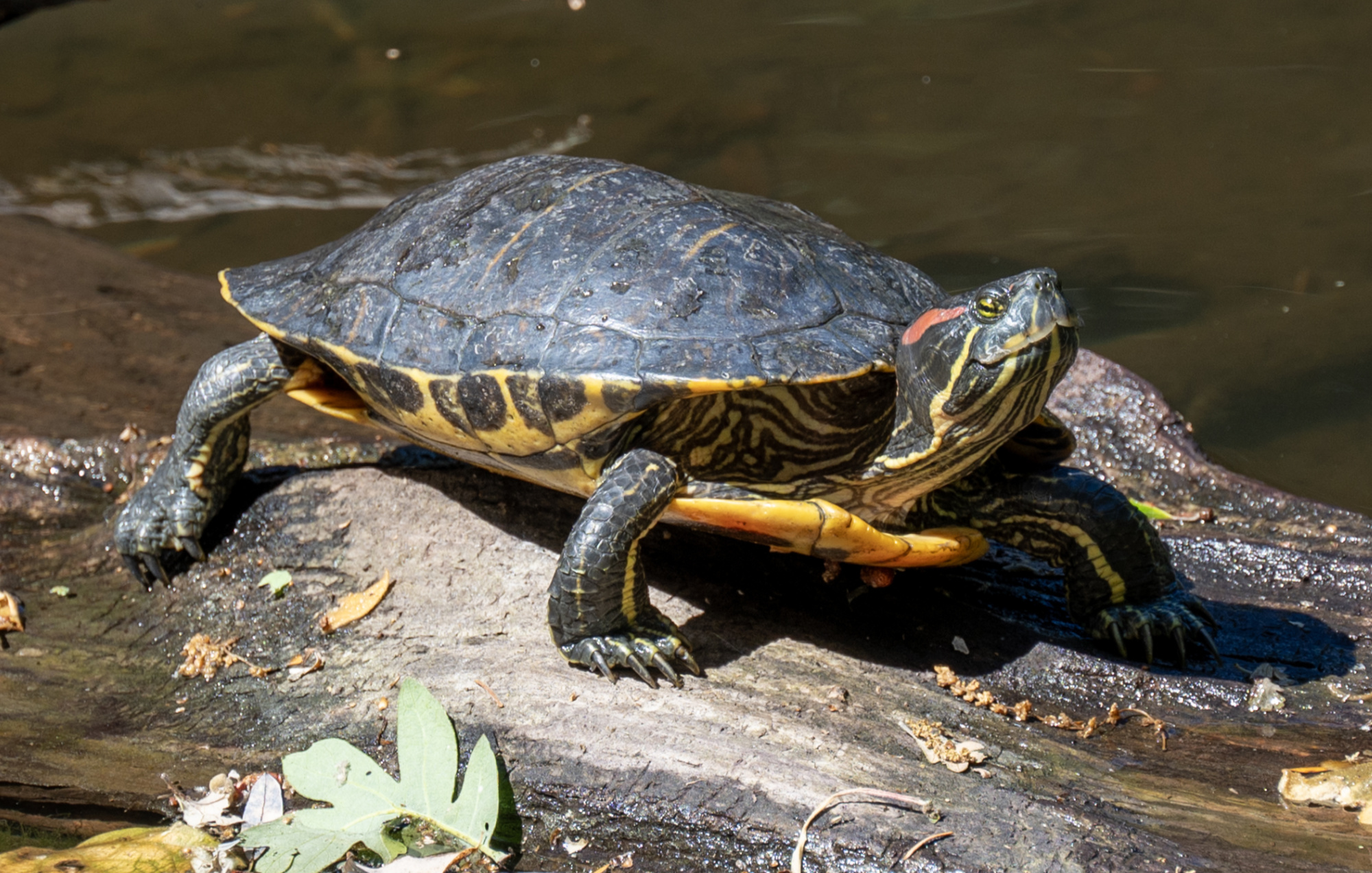
Biosecurity/Invasive Species
Australia is renown for its border security efforts with regard biosecurity. And for good reason, the lack of certain diseases from our continent such as Foot and Mouth provide significant financial benefit to our agricultural industry. While the legal/illegal export of Australian wildlife for the EPT doesn’t pose a risk to our biosecurity, it may to others, and as such we should be alert to this. In addition, we would be naive to think that there is not a level of enthusiasm to bring exotic pets into Australia.
An Australian oriented report, A snapshot of online wildlife trade: Australian e-commerce trade of native and non-native pets, published in 2023 highlighted this.
It found, “high rates of trade in: (i) threatened species, (ii) non-native species, (iii) and species not permissible for live import,” offered for sale online in Australia. Included were, “667 non-native species for sale within Australia from 03/12/2019 to 20/03/2020.” (mammals were excluded from this analysis) It concludes that despite Australia’s best efforts on biosecurity our, “management of non-native pets falls short of a system that comprehensively reduces known and/or identifiable risks.”.
I am sure it would come as no surprise to the generations who have grown up with the Teenage Mutant Ninja Turtles, that red-eared slider turtles are considered an invasive species in Australia. When Donatello, Leonardo, Michelangelo and Raphael were no longer wanted they were released (or escaped) to city ponds, lakes and waterways. Red-eared slider turtles are considered a significant threat to native turtle species because they mature more quickly, grow larger, produce more offspring, and are more aggressive
The ramifications of poorly controlled pet trade and escape of species to new habitats can be shown by the Burmese python in Florida. Just looking at Florida we can see more examples with monkeys, iguanas, reptiles and amphibians. While in Japan the example of the North American racoon highlights the risk.
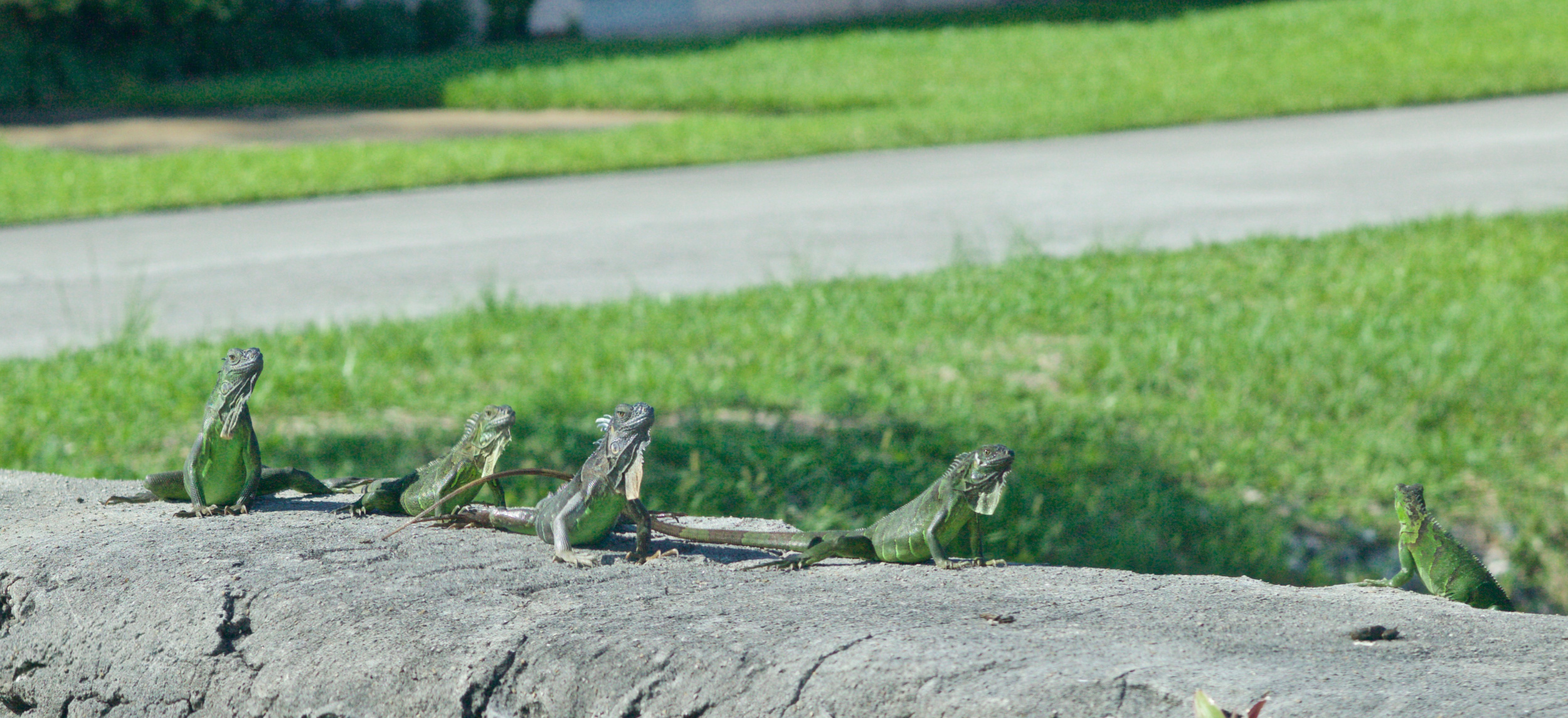
Remember the scale of trade for the EPT is enormous around the world. In the years 1996-2012 it is thought that 18.8 million CITES listed reptiles were imported into the EU – an astounding figure when you consider that 75% of reptiles are not listed on CITES. While the US alone is thought to import more than 11 million aquarium fish annually representing more than 2300 species. The risks of upsetting the natural order of things seems substantial!
A study in 2016, The economic cost of managing invasive species in Australia, put the conservative existing cost of managing invasive species in Australia at $13.6billion in 2011-2012. As the name suggests, the EPT introduces species to exotic locations and as such there will always be a biosecurity/invasive species risk presented at any level of trade. Is that a risk worth taking for an unnecessary, luxury trade?
Public Health
In the era of COVID 19 the concerns around public health and the trade in wildlife are easily illustrated. The emergence of new zoonoses (diseases that can be spread from animal to human) is an ongoing issue. Other than COVID 19 which is generally accepted to have emerged from a wildlife market, other examples include SARS–CoV-1 in the early 2000s which was thought to have emerged from palm civets in the wildlife markets of Guandong and those such as me in the Australian veterinary profession will be aware of Hendra virus, which is spread to humans from horses and arising from a bat reservoir.
In a 2023 article outlining the broken relationship between humans and nature Simon Schama highlights, “The years since 1980 have seen outbreaks of new infections at a rate of one every eight months in hot zones from Brazil to central Africa to south-east Asia, most of them viral”.

Schama goes on to say, “They include the catastrophes of HIV and Ebola, as well as Sars and H5N1 bird flu. The routinisation of long-distance trade in animals has speeded up the pace of these contagions.”.

Outside the now very apparent risk of pandemics that may be associated with the close human contact that occurs through live wildlife markets there are also inherent risks throughout the supply chain. Before sale through the market, wildlife is sourced from wild populations or captively bred.
There is increasing evidence that human impact on the biosphere is increasing the emergence of zoonotic disease from these sources, while at the consumer end it is also significant that there are known to be at least 40 zoonoses that may directly affect the handler. This is highlighted in the UKs Veterinary Record which also points out that in the US there are approximately 74 000 cases of salmonellosis (a bacterial infection) in pet reptile owners annually.
While in the UK 27% of children under the age of five hospitalised for salmonellosis were from homes with pet reptiles.
It would seem reasonable to suggest that as the scale of the EPT grows then the potential for events such as the emergence of new zoonoses and potentially another pandemic, and the frequency of occurrence of more individual zoonoses is highly likely to increase. The costs on a social and economic basis of COVID alone were staggering and I would contend that the costs associated with better management of worldwide wildlife trade may be a very wise investment in mitigating future risk.
Biodiversity Loss

As I discussed in Petted to Death where I referenced the IPBES report of 2019, the world is facing it’s 6th mass extinction event. The average extinction rate for marine organisms in the fossil record is 0.1 to 1 extinction per million species-years (E/MSY – millions of species years refers to the number of extinctions expected per 10,000 species per 100 years) and extinction rates of mammals in the fossil record also fall within this range (Pimm et al. 1995, Mace et al. 2005). Since the advent of the Anthropocene, humans have increased the rate of species extinction by 100–1000 times the background rates that were typical over Earth’s history (Mace et al. 2005).
Going back to the IPBES report, it found that “direct exploitation,” was the most important contributor to the loss of marine species and the second most important factor for fresh water and terrestrial species. If we now throw in climate change to exacerbate this threat, then our focus on trade needs to be further sharpened.
While the focus of the world is on issues surrounding climate change, in its own right a significant threat to our way of life and very existence as a species, it’s worth considering the concept of Planetary Boundaries developed by the Stockholm Resilience Centre. The model, “presents a set of nine planetary boundaries within which humanity can continue to develop and thrive for generations to come.” The section of Biosphere Integrity has for the last 15 years been described as outside the “safe operating space,” and always represented as an area of greater concern than climate change.
The reality is that risks of trade in wild species to biodiversity loss are very real. It could be argued that the effects of climate change only heighten this reality as this additional threat to the biosphere grows. In the EPT the trade of threatened and rare species, often more valued in the pet trade industry, puts these species further at risk. One study looking at the trade of wild caught live terrestrial species imported into the US, the world’s largest importer of exotic pets, found that 71.7% (378 species total) of those that were CITES listed had reported conservation threats and of the 1366 non listed species, “376 unlisted species faced conversation threats, 297 species had unknown population trends, and 139 species were without an evaluation by the IUCN.” Does this not seem to suggest a high level of trading with your conservation eyes tight shut?
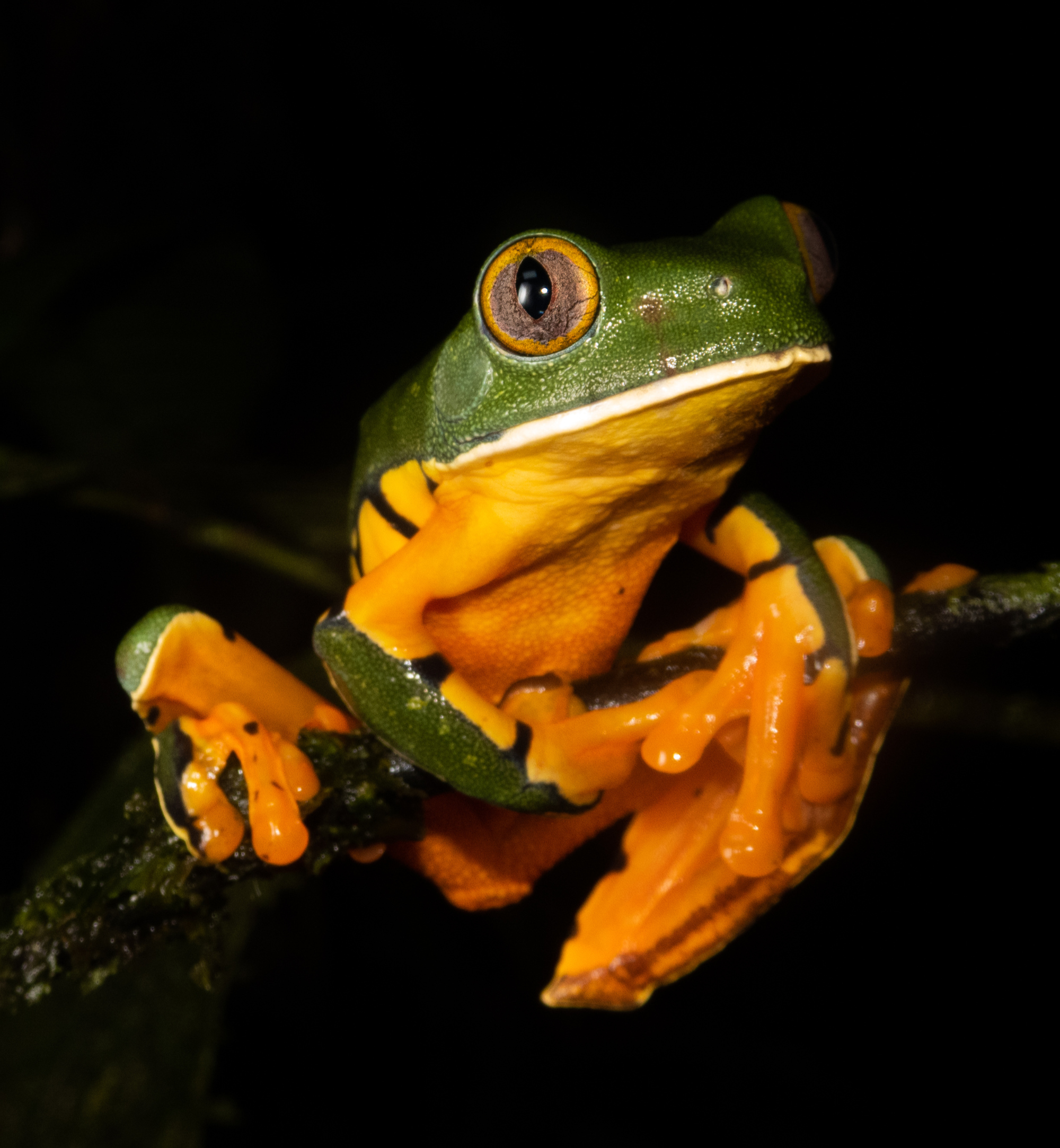
Looking across the Atlantic another concerning finding came to light in my research. A study looking at the exotic pet market in Germany noted that rarity of a species generally raised its value in the marketplace. But of real concern was that it showed 43 species not listed with CITES and, “only recently described, but have already entered the European pet trade.” It is alarming that species are traded before any real knowledge on them had been established.
For example, “Sylvia’s tree frog (Cruziohyla sylviae) and the golden bug-eyed frog (Theloderma auratum) were both scientifically described for the first time in 2018 and traced by the authors for the first time in the European pet trade in 2019.”. It takes on average 12 years to get a listing on CITES but it seems it takes less than a year to get a listing on a pet market website!
And when it comes to rare, Australia does it well. The large majority of our reptiles are unique to our continent making them highly prized outside the country. A 2021 Australian based study looking at the trade of shingleback (bobtail, bluetongue) lizards found all 4 subspecies of this lizard advertised for sale in Asia, Europe and North America. Why is this a concern, apart from the fact that their export from Australia is illegal and the chances are small that they were bred in captivity outside the country, 2 of these subspecies come from “threatened and range restricted,” populations. As such any trade of these 2 subspecies places a greater threat on their existence.
There are many reasons then we should consider carefully how we manage the exotic pet trade around the world and what part Australia plays in this. I have repeatedly said that the issues presented by the exotic pet trade mirror many of those with regard biomass trade in general, be it timber for furniture or wildlife offtake such as skins for the fashion industry. The world needs to look carefully at these risks and assess them while keeping an eye on want versus need. In my next article on the Exotic Pet Trade I will look at measures I believe we should consider to better manage this issue, many of which are relevant to the wider issues of the legal/illegal wildlife trade also.

